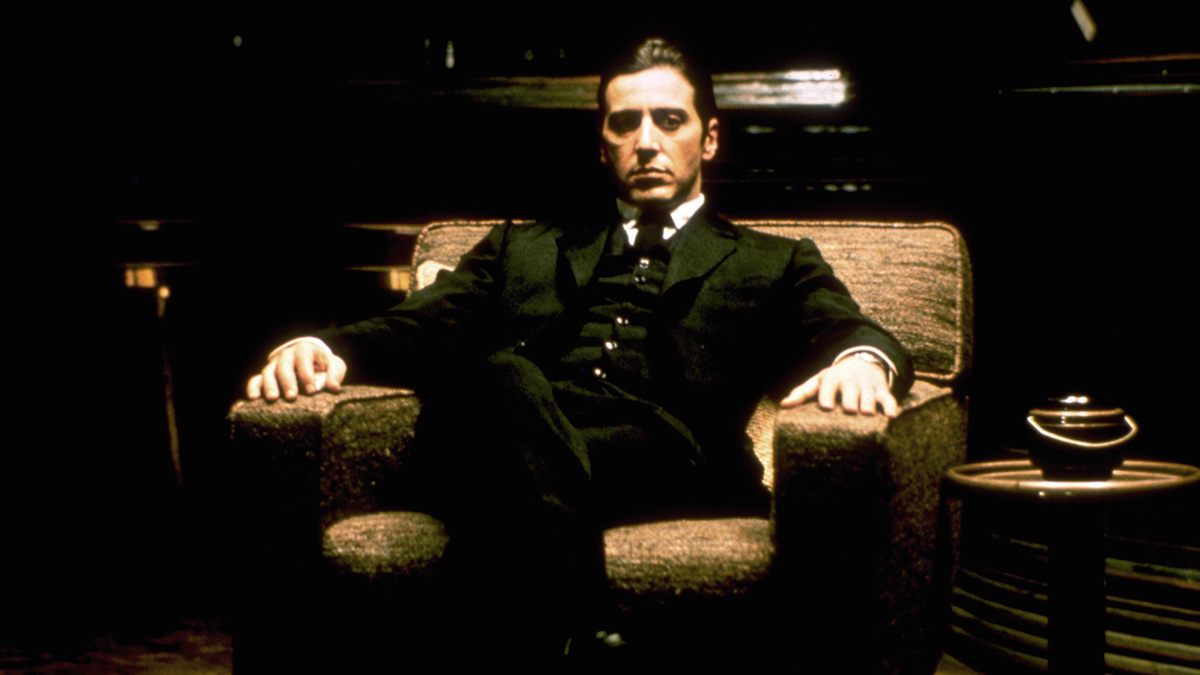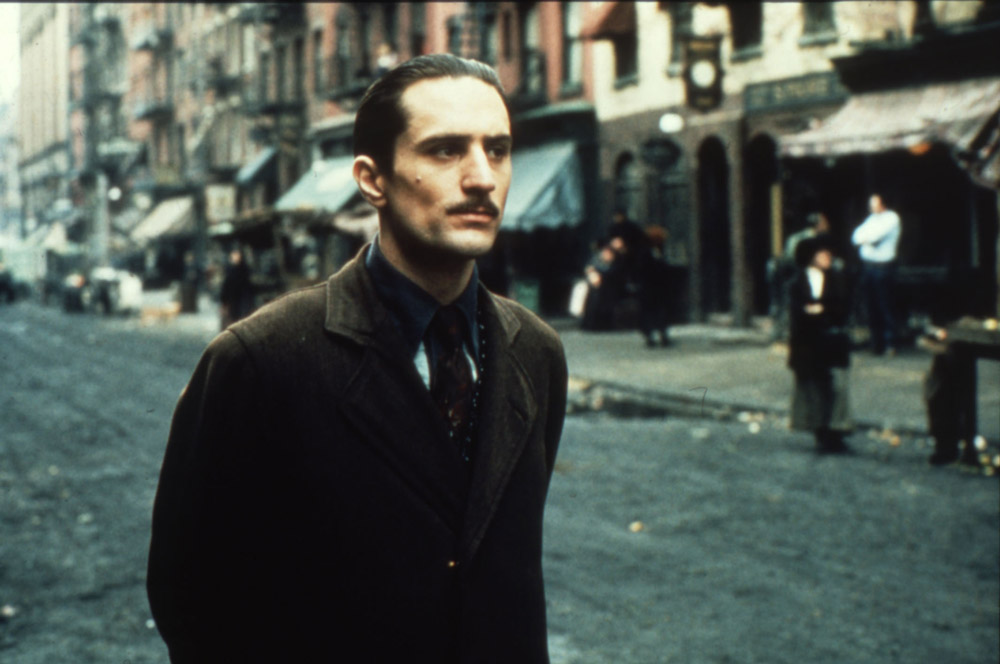
Copyright (C) 1974 by Paramount Pictures and The Coppola Company. All Rights Reserved. Restoration Copyright (C) 2007 by Paramount Pictures Corporation. All Rights Reserved. TM, (R) & Copyright (C) 2014 by Paramount Pictures. All Rights Reserved .
"The Godfather Part II" Francis Ford Coppola, who overlaps with Michael Corleone who gained enormous power
2019.03.20
“The Godfather PART II” synopsis
The Corleone family had moved their headquarters from New York to the shores of Lake Tahoe near Las Vegas. Michael escapes an attack from the Rosato brothers, Hyman Roth's henchmen who were targeting his territory, and thinks of his father, Vito, who lived in a great era. After his mother was killed, his father, Vito, came to America as a refugee and started a family... After a meeting of the family's bosses in Miami, Michael goes to Cuba and plots to obtain concessions, but he discovers his brother Fredo's betrayal. Eventually, Michael is summoned to a hearing by the Criminal Investigation Commission, and the traitorous Pentangeli subverts his testimony to evade pursuit, but his wife Kay leaves Michael...
Index
- A completely different sequel from Coppola and the original team
- Coppola, like Michael, had enormous freedom and power.
- By repeating the motifs of the previous work, it depicts transformation and collapse.
- The first half is ``dynamic,'' filled with flashy incidents, and the second half is ``quiet,'' which is stoic.
A completely different sequel from Coppola and the original team
Among the many "sequel movies" that have existed in the long history of movies, "The Godfather Part II" (1974) is a masterpiece that is always cited as the "best sequel" that is as good as the first movie. In fact, at the Academy Awards, it won Best Picture and Best Adapted Screenplay, just like its predecessor. Furthermore, the two actors who played the main character Vito Corleone in his present and younger days won the Best Actor Award (The Godfather/Marlon Brando) and the Best Supporting Actor Award (The Godfather Part II/Robert De Niro), respectively. It is rare to find a sequel to the original work that has achieved this goal and has received such comparable reviews.
`` The Godfather '' (1972) and ``The Godfather Part II'' were produced by almost the same team. The film is directed by Francis Coppola, co-written with Coppola by Mario Puzuo, who is also the original author, the cinematographer is the genius Gordon Willis, and the music is by Italian master Nino Rota. Most of the cast members from the previous film have returned, with a few exceptions. So, since the team that created the masterpiece ``The Godfather'' reunited, did they create a masterpiece that rivals its predecessor? No, if masterpieces can be created just by having the same team, then the sequels in the world should be full of masterpieces.

“The Godfather Part II” Copyright (C) 1974 by Paramount Pictures and The Coppola Company. All Rights Reserved. Restoration Copyright (C) 2007 by Paramount Pictures Corporation. All Rights Reserved. TM, (R) & Copyright (C) 2014 by Paramount Pictures . All Rights Reserved.
In fact, taking the visual aspect as an example, ``The Godfather Part II'' consciously follows the visual style of the previous film, such as the delicate lighting that cinematographer Willis devised by reducing the amount of light to the limit, and the sepia tone. There are also TV broadcast versions of ``The Godfather'' and ``The Godfather Part II'' that have been re-edited in chronological order with unreleased scenes added, but they have such a unified feel that even when they are shuffled, it doesn't seem out of place at all. Although there are changes in tone depending on the period setting, it can be said that the two works are almost the same in terms of appearance.
So, why was ``The Godfather Part II'' recognized as the ``best sequel'' instead of being treated as a ``secondary version of the previous work''? In my opinion, Coppola makes full use of the repetition of the same style and motifs to create a film with a completely different flavor. If ``The Godfather'' is a movie textbook, ``PART II'' is a Monster that shakes even the audience's idea of what a ``movie'' is.

